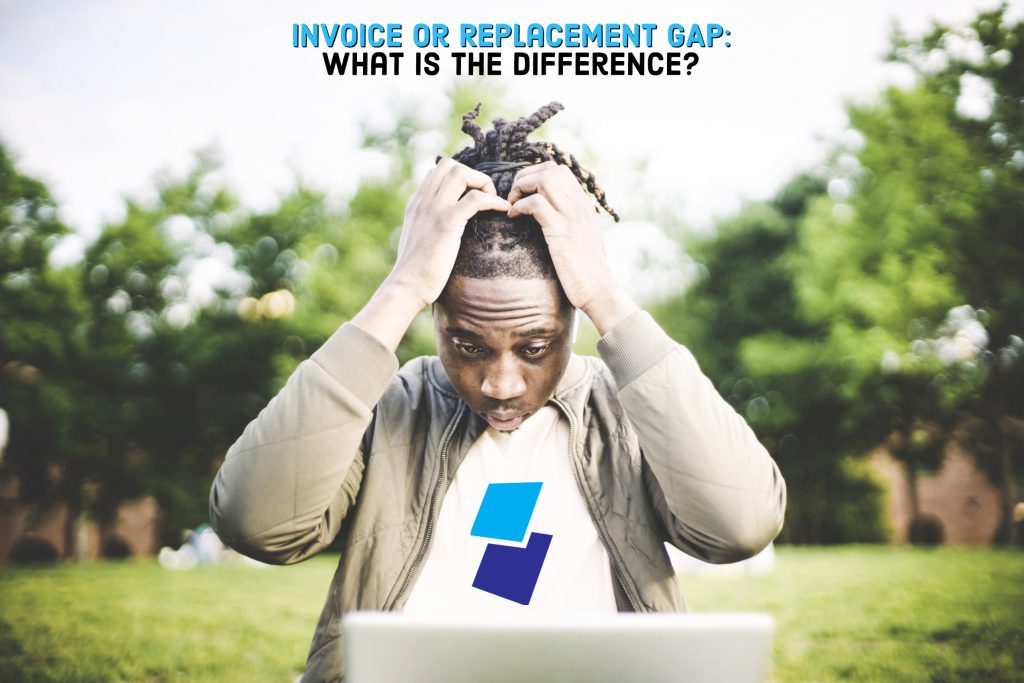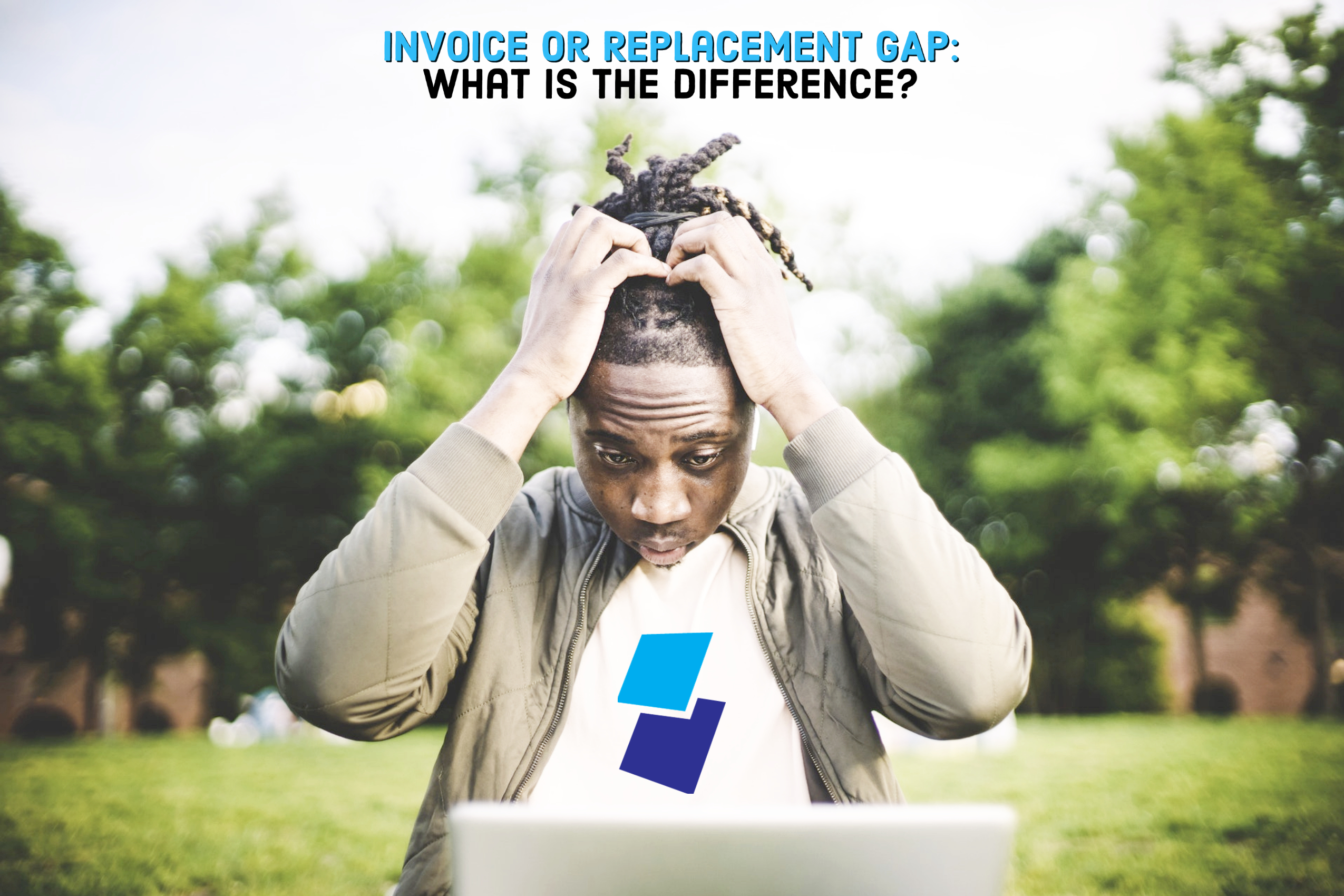
September 1st is looming and the new 70-plate registration is almost upon us.
If you’re lucky enough to be getting a brand new car, GAP insurance should definitely be something you’re considering, but what exactly is the difference between Invoice (‘Return to Invoice’) and Replacement GAP insurance?
Moreover… which type is better for you and your car?
The difference?
To begin with, let’s look at the principal difference…
If your vehicle is written off through accident, fire, theft or flood, your motor insurance will likely only pay you the depreciated (‘market’) value of your vehicle at the time of loss. GAP insurance aims to top this up, as follows:
Invoice GAP insurance
Aims to pay the difference between your motor insurance pay-out and the higher of either:
- The amount outstanding on finance at the time of claim; OR
- The original invoice price that you paid for the vehicle.
Replacement GAP insurance
Aims to pay the difference between your motor insurance pay-out and the highest of either:
- The amount outstanding on finance at the time of claim; OR
- The original invoice price that you paid for the vehicle; OR
- What it would cost at the time of claim to replace your vehicle with a brand-new equivalent of the same vehicle.
Which is better?
As for which is better… you have to ask yourself: what is your motivation for considering GAP insurance in the first place?
For example, is it that you’re wanting to cover the finance outstanding on your vehicle at the time of loss, or is it that you’re wanting to maximise the amount of money you have at your disposal to replace a written-off car?
Here are some examples:
To pay off outstanding finance:
If your car is written off, your depreciated (‘market value’) motor insurance pay-out may not be sufficient to clear the amount you still owe to the finance company.
If you owe more on finance than your motor insurance policy has paid out, our Invoice GAP insurance policy aims to put you in a position of being able to clear the finance and (all things being well) having some money left over to use against the cost of your next car.
Invoice GAP is best.
To return you to the original invoice price:
Whether financed or owned outright, if your car is written off, the basic principle of our Invoice GAP insurance policy is to top up your motor insurance pay-out to the original invoice price you paid.
If you owned the vehicle outright, you’d have the original invoice value back, to use against the cost of your next car, rather than just the amount paid out by your motor insurer.
If financed, you should be in a position to clear the finance and (all things being well) have some money left over to use against the cost of your next car.
Invoice GAP is best.
To cover the additional cost of a brand new equivalent vehicle at the time of claim:
If you bought the car brand new, the likelihood is that with the passing of time, the cost of buying that same vehicle again will have increased. Replacement GAP insurance takes any such increase into account at the time of claim and pays out the additional funds.
Whether you’re using this higher amount to clear outstanding finance or using it in its entirety against the cost of your next car, the theory is that you’d have more money at your disposal from a Replacement GAP insurance claim than Invoice GAP insurance.
Replacement GAP is best.
OTHER TYPES OF GAP INSURANCE
In addition to Invoice and Replacement GAP insurance, other types of GAP insurance that we can provide are:
Contract Hire GAP insurance
Available for leased / contract hire vehicles within six months of taking delivery of the vehicle.
If the vehicle is written off, the policy aims to pay the difference between your motor insurance pay-out and the settlement figure of the lease agreement, AND potentially reimburse you up to £3,000 of any initial rental that you paid at the start of the lease agreement.
Top-Up GAP insurance
Available for vehicles up to eight years old, regardless of how they were purchased.
If the vehicle is written off, the policy aims to top up your motor insurance pay-out by 25% (up to a maximum of £10,000).
Not all vehicles are eligible for GAP insurance.
Please see a list of excluded vehicles here.
If you’d like to discuss your GAP insurance requirements with us, please don’t hesitate to either get a quote online at GAPinsurance.co.uk or get in touch:
01484 490095
support@GAPinsurance.co.uk
